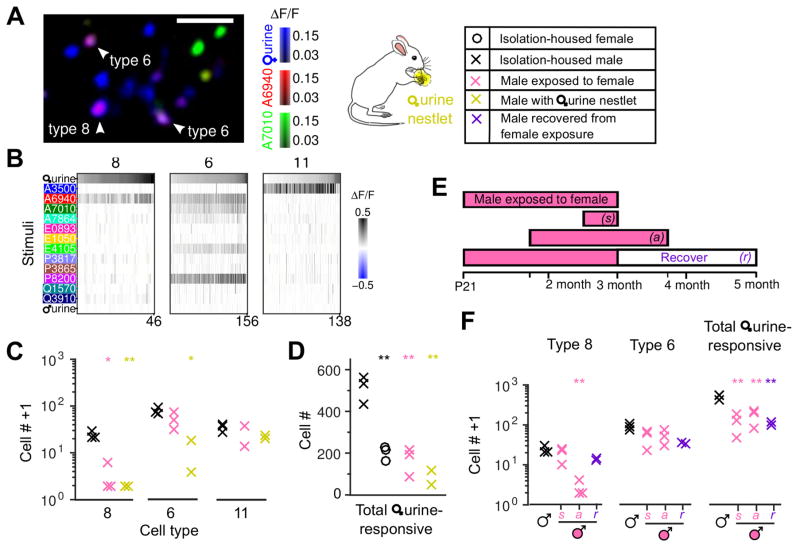Figure 6. Female urine activated specific cell types and caused experience-dependent loss of cell responses.
(A) Overlap of type-8 and 6 neurons with responses to female mouse urine (1:50 dilution). A two-dimensional slice is shown; arrowheads represent examples of type-8 and type-6 cells that responded to female urine extracts. Scale bar, 50 μm.
(B) Female urine extracts activated type-8, 6 and 11 VSNs, with decreasing strength. All urine-responsive neurons that also responded to at least one sulfated steroid are shown.
(C) The number of type-8, 6, and 11 in isolation-housed males (×), males exposed to females (×), and males directly exposed to raw female urine soaked in nestlets (×). Chronic exposure to female mice or to female urine nestlets reduced (to different extents) the abundance of each urine-responsive type compared to non-exposed male control (×).
(D) The total number of female urine (1:50 dilution) responsive cells (including type 8 and 6) in different groups of mice.
(E) The time window for experience-dependent plasticity. Male mice were exposed to females at different developmental stages for varying exposure durations (pink bars). Besides the regular long-term exposure (~ 2 months) starting from postnatal day 21, exposure starting from adult (after 7-week-old), short-term exposure (1–2 weeks), and recovered (for another 2 months after removing exposure) were tested.
(F) Cell counts from mice listed in (E). Note type-8 neurons significantly decreased after long-term exposure even during adulthood, but were not affected by short-term exposure. Type 8 (but not the overall female urine-responsive) neurons recovered significantly from long-term exposure p=0.039, compared to long-term exposed male group. ** p<0.01, * p<0.05, Students’ t-test, each compared to non-exposed male control.

